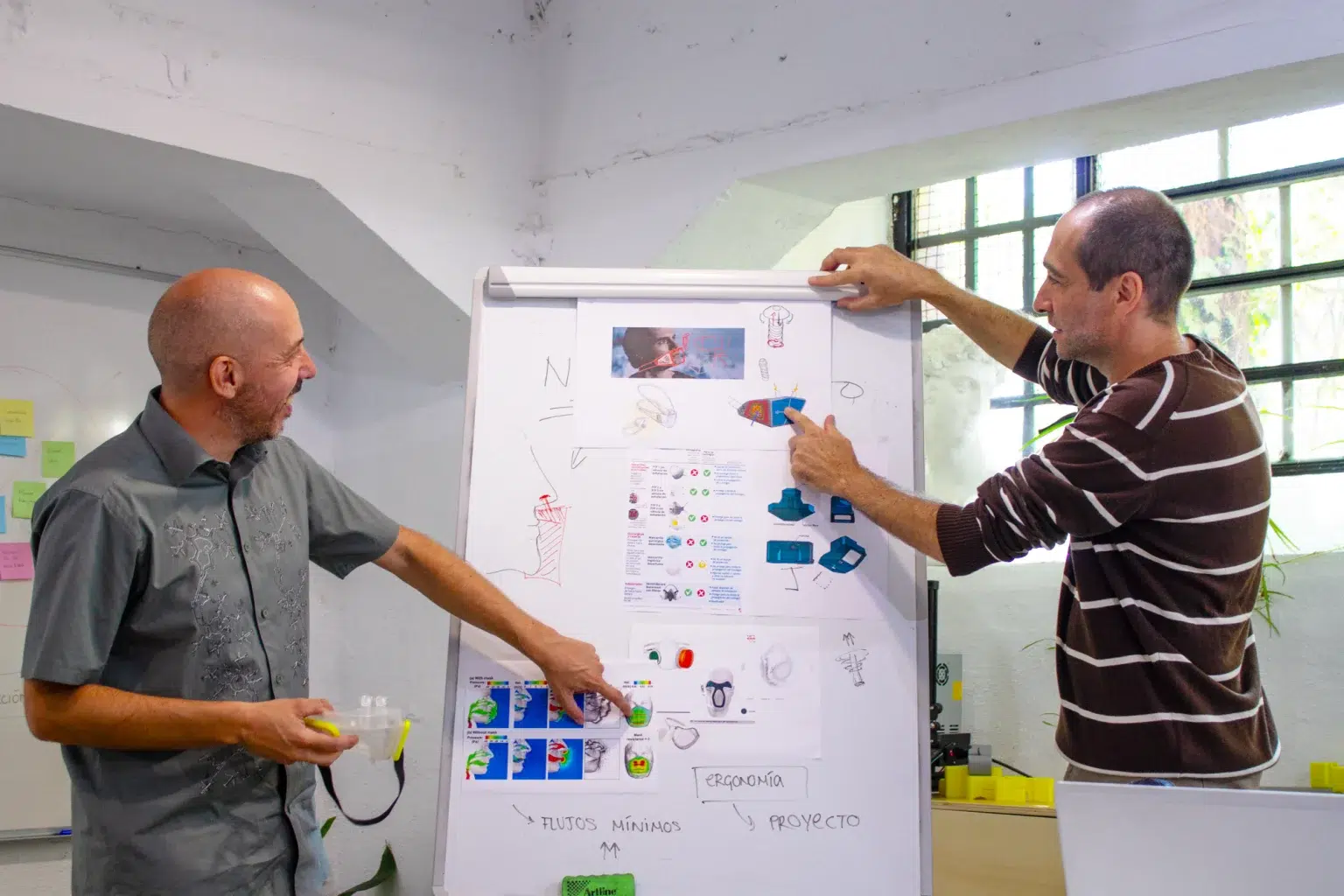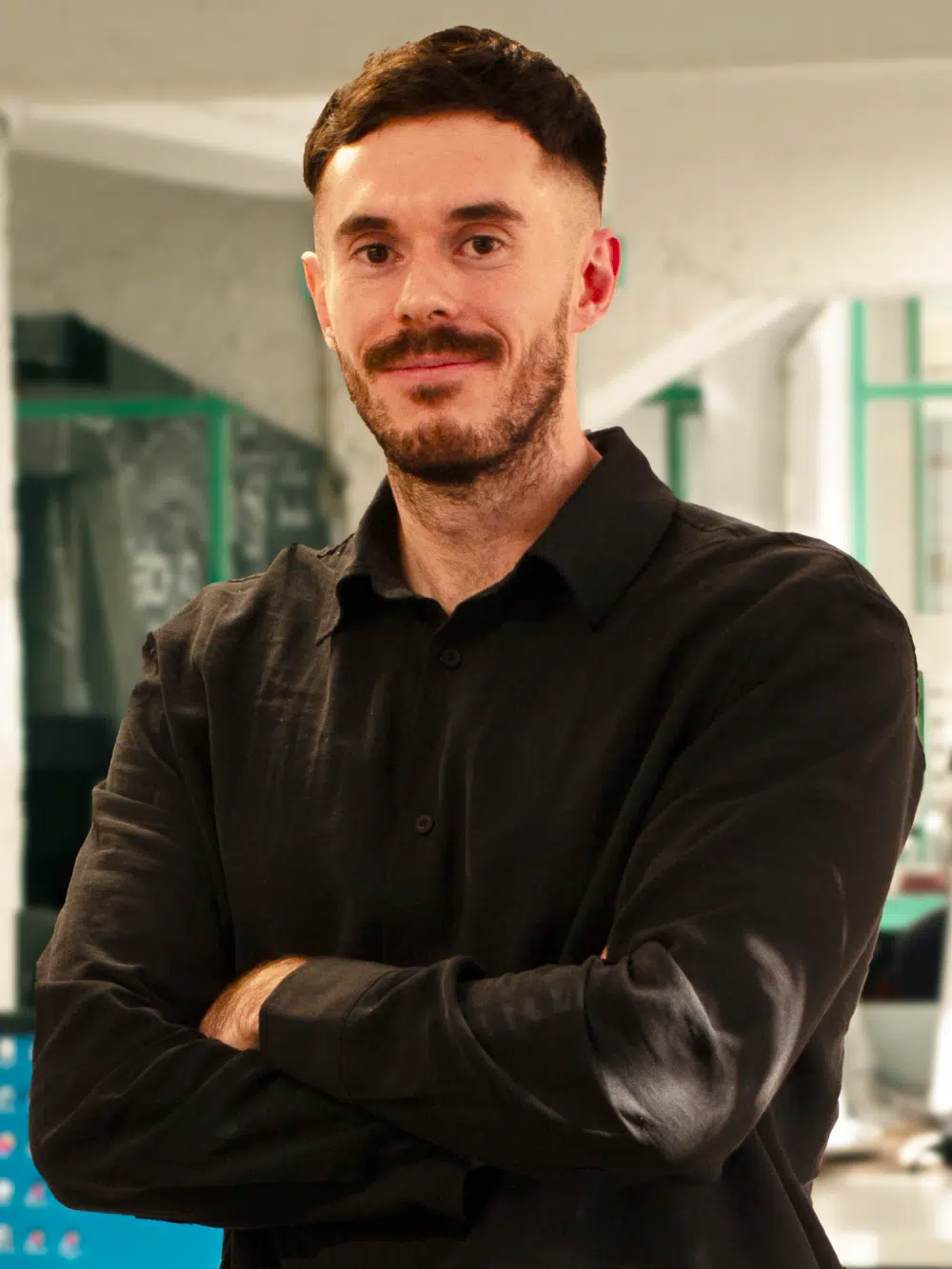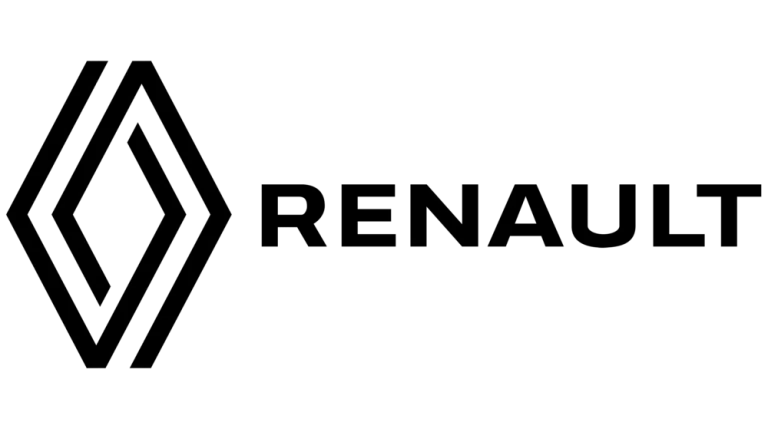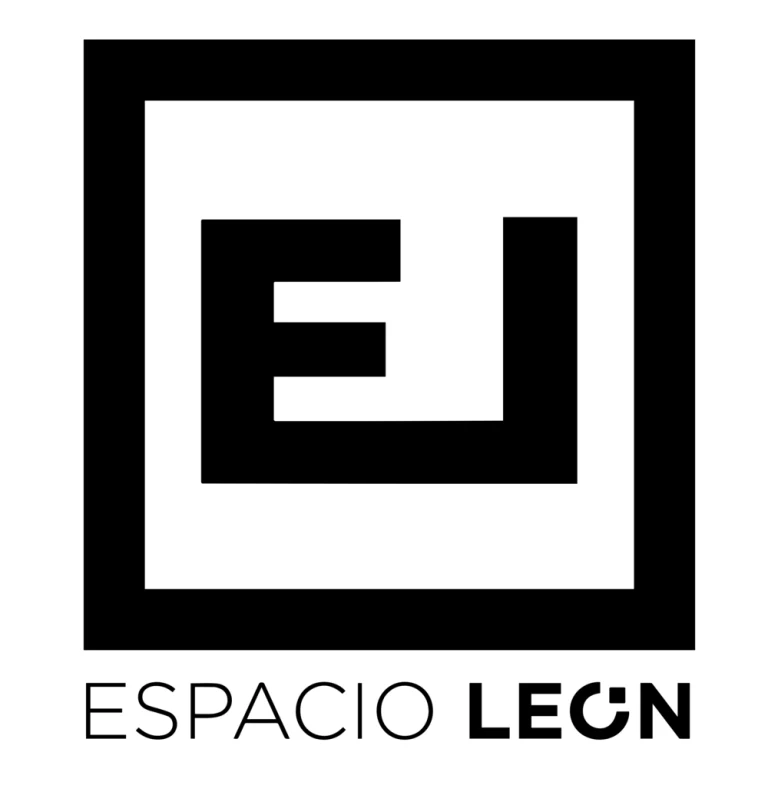Creative Engineering by trem
Team of visionaries: Meet the minds behind Trem's magic

A trajectory of innovation
We are a studio formed by engineers and designers. Our structure is adaptable to provide the right team for each project and the client’s needs.
Trem has extensive experience in the field of industrial design and product design, providing an essential strategic and technical vision for the creation and production of a successful product.
Our working philosophy is based on full collaboration and adaptation to our clients and their needs, offering innovative, functional, and high-value-added solutions.
Meet the team behind the Innovation




Our methodology
At Trem Creative Engineering, as a strategic design and engineering studio, we analyze and understand the key points of the project and integrate various methodologies that allow us to tackle different stages in an agile and effective manner.
We work within the framework of Design Thinking, which enables us to design with a user-centered approach based on empathy to define needs, generate solutions, and prototype ideas. Additionally, we coordinate Engineering and Design with the Marketing realm through Concurrent Product Development (CPD), allowing us to streamline the product development stages to accelerate project timelines.
Due to our extensive experience in the sector, we have our own methodologies that we have adapted and execute in specific phases of the project. This is the case with our own V-Model, with which we create, produce, and verify, enabling us to make changes and address product roadblocks in an agile and structured manner.
Depending on the type of project, we employ tools such as Reverse Engineering, where we analyze products to understand their functionality and design, or Rapid and Iterative Prototyping, which allows us to evaluate and refine concepts before manufacturing.
Creative Engineering Methodology
Learn
Observe
Interview
Listen
Ask
Gather information
Culturizing
Analyse
Define insights
Brainstorm
Experimentation
Co-creation
Selection
Analyse
Defining
Iteration
Communication
Refining
User testing
Feedback
Iteration
Refining
Suppliers
Producing
Quality control
Communication
User testing
Feedback
In Creative Engineering by Trem, you'll find your ideal partner.
Leading companies and organizations that have trusted us





























